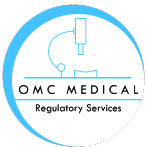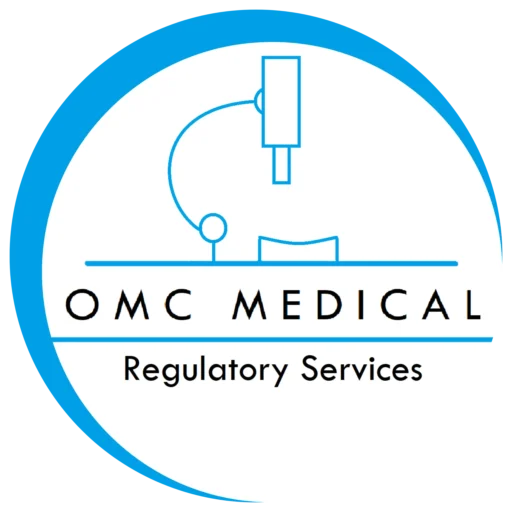In today’s global marketplace, ensuring product compliance is essential for manufacturers looking to sell in different regions. If you are marketing products in the United Kingdom (UK) or the European Union (EU), understanding the differences between UKCA and CE marking is crucial. While both markings serve as indicators of product conformity, they apply to different regulatory frameworks.
Let’s begin,
What is CE Marking?
CE marking (Conformité Européenne) is a certification that shows a product complies with EU safety, health, and environmental protection standards. It is a mandatory marking for a wide range of products, including medical devices, machinery, electronics, and toys, allowing them to be freely sold within the European Economic Area (EEA).
When a manufacturer places a CE mark on a product, they declare that it meets the necessary EU directives and regulations. This self-declaration is often accompanied by technical documentation, risk assessments, and, in some cases, third-party conformity assessments by a Notified Body.
Where is CE Marking Required?
- European Union (EU)
- European Economic Area (EEA) (Iceland, Liechtenstein, and Norway)
- Switzerland (in certain cases)
- Turkey (requires CE marking for many regulated products)
- Northern Ireland (under the Northern Ireland Protocol, products must still have the CE mark)
What is UKCA Marking?
After Brexit, the UK introduced its own conformity marking, known as UKCA (UK Conformity Assessed), which came into effect on January 1, 2021. It serves as a replacement for CE marking in Great Britain (England, Scotland, and Wales).
Although UKCA and CE marking requirements were initially aligned, the UK government has the authority to amend product safety laws separately from the EU. Over time, this may lead to significant divergences between UKCA and CE regulations.
Where is UKCA Marking Required?
- Great Britain (England, Scotland, and Wales)
- Not applicable in Northern Ireland (which continues to follow CE marking rules)
UKCA vs. CE Marking: Key Differences
| Aspect | CE Marking | UKCA Marking |
| Applicable Region | EU, EEA, Turkey, Northern Ireland | Great Britain (England, Scotland, Wales) |
| Regulatory Framework | EU Directives & Regulations | UK-specific legislation |
| Technical Standards | Harmonized EU standards | UK-designated standards (initially aligned but may diverge) |
| Recognition Period | Valid across the EU & EEA | CE marking is still recognized in Great Britain indefinitely for many products |
| Notified Bodies | EU-based Notified Bodies for conformity assessment | UK Approved Bodies for mandatory third-party testing |
Which Marking Do You Need?
The choice between UKCA and CE marking depends on where you intend to sell your product:
- If you are selling in the EU or EEA, you must have CE marking to access these markets.
- If you are selling in Great Britain, you can use either CE or UKCA marking (as of 2025, CE marking remains valid in GB indefinitely).
- If you are selling in both the EU and UK, your product must comply with both UKCA and CE marking requirements to ensure unrestricted access.
Key Considerations for Manufacturers
- CE Marking Recognition in the UK: Initially, UKCA was set to replace CE marking entirely. However, in August 2023, the UK government announced indefinite recognition of CE marking for most goods in Great Britain. This means manufacturers can continue using CE marking for the UK market without needing separate UKCA certification.
- Regulatory Divergence: While the UK and EU currently share similar technical standards, the UK may introduce changes in the future, requiring separate compliance strategies.
- Testing & Certification Bodies: If third-party conformity assessment is required, businesses must ensure they work with an EU Notified Body for CE marking and a UK Approved Body for UKCA marking.
4 Steps to Obtain CE and UKCA Marking

1. For CE Marking
- Identify the relevant EU directives and standards for your product.
- Conduct a conformity assessment (either self-declaration or via a Notified Body).
- Prepare technical documentation, including test reports and a Declaration of Conformity (DoC).
- Affix the CE mark to your product before placing it on the market.
2. For UKCA Marking
- Identify applicable UK regulations and designated standards.
- Perform a conformity assessment (either self-declaration or via a UK Approved Body).
- Compile necessary documentation and issue a UK Declaration of Conformity.
- Apply the UKCA mark to the product before sale in Great Britain.
How OMC Medical Can Help
Navigating the complexities of CE and UKCA marking can be challenging, especially for businesses that sell in both the EU and UK. Ensuring compliance with evolving regulatory frameworks is critical to avoid market access delays and penalties.
At OMC Medical, we specialize in regulatory compliance for medical devices and other products. Our team of experts provides:
- Guidance on UKCA and CE certification
- Regulatory gap assessments to identify compliance risks
- Support with conformity assessments and third-party approvals
With extensive experience in global regulatory compliance, OMC Medical helps manufacturers achieve seamless market access, ensuring their products meet both UKCA and CE marking requirements.
Conclusion
Understanding the differences between UKCA vs. CE marking is essential for manufacturers looking to sell in the UK and EU markets. While CE marking remains crucial for EU trade, the UKCA marking is required for goods sold in Great Britain. With ongoing regulatory updates, businesses must stay informed and ensure compliance with the latest standards.
For expert assistance in meeting UKCA and CE marking requirements, trust OMC Medical to guide you through the regulatory landscape efficiently and effectively.
FAQs
1. Can I sell products in the UK with just a CE mark?
Yes, CE marking continues to be recognized in Great Britain indefinitely for most products (GOV.UK, 2025).
2. Do UK and EU regulations differ significantly?
Currently, UK and EU regulations are largely aligned, but the UK government has the authority to introduce independent changes over time.
3. Do medical devices need separate UKCA and CE certifications?
Yes, medical devices require separate approvals under UKCA and CE marking, as UK and EU regulations for medical devices differ.
4. Do I need to work with different certification bodies for UKCA and CE?
Yes, you need an EU-based Notified Body for CE marking and a UK Approved Body for UKCA marking if third-party certification is required.







